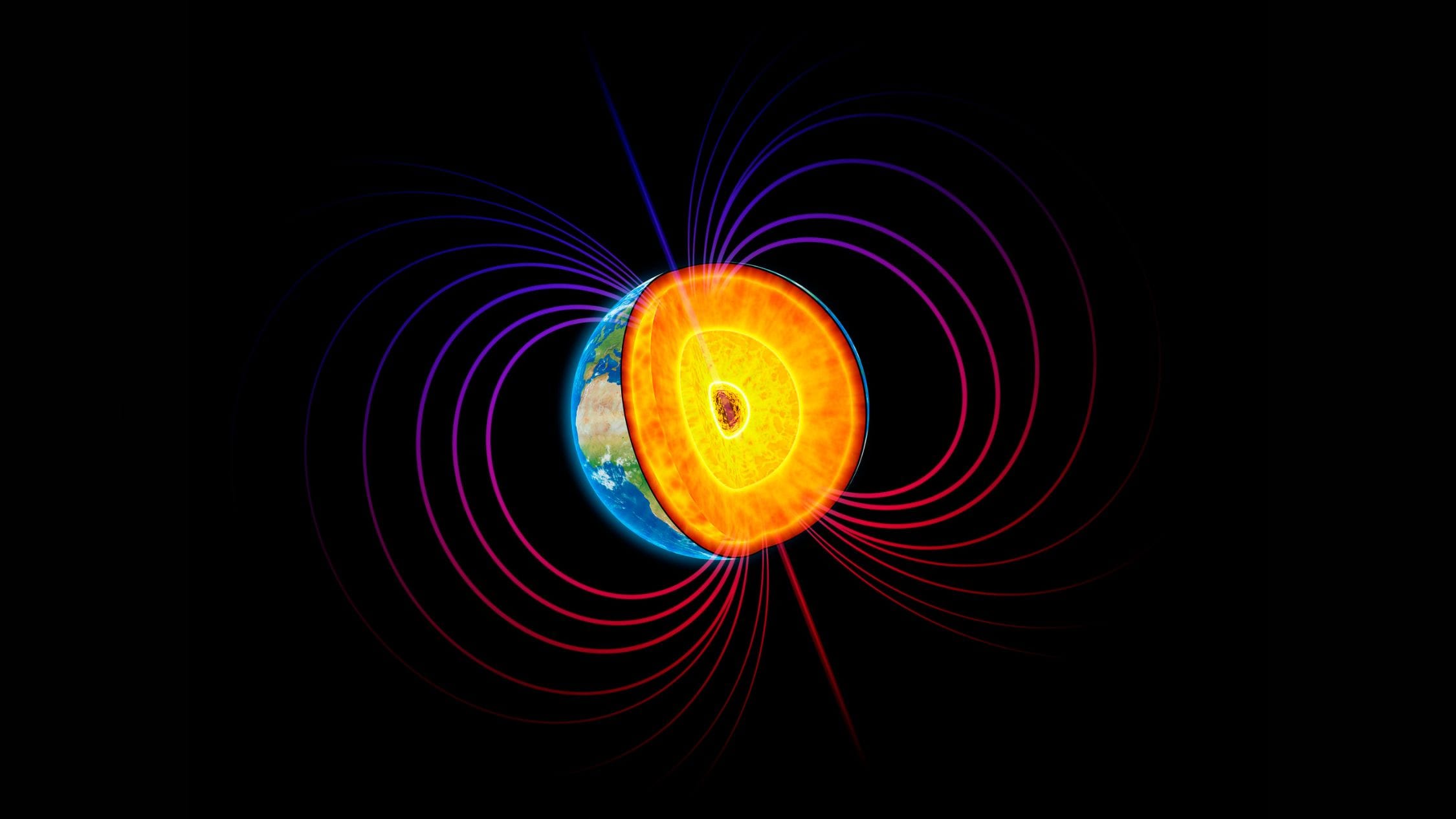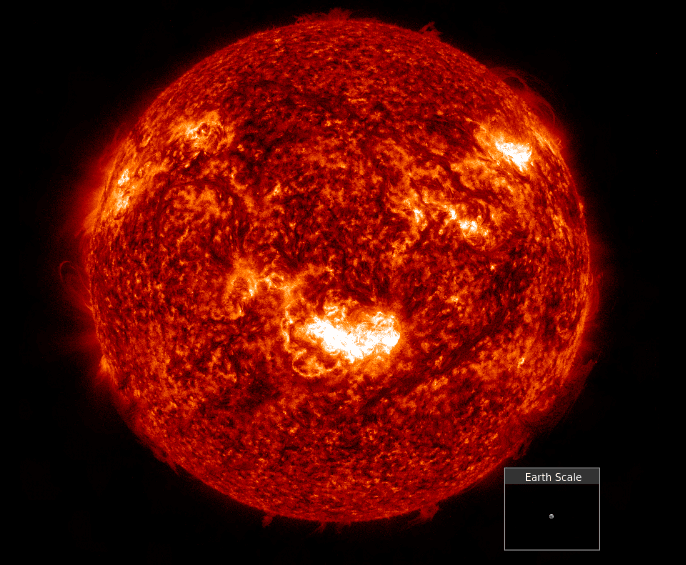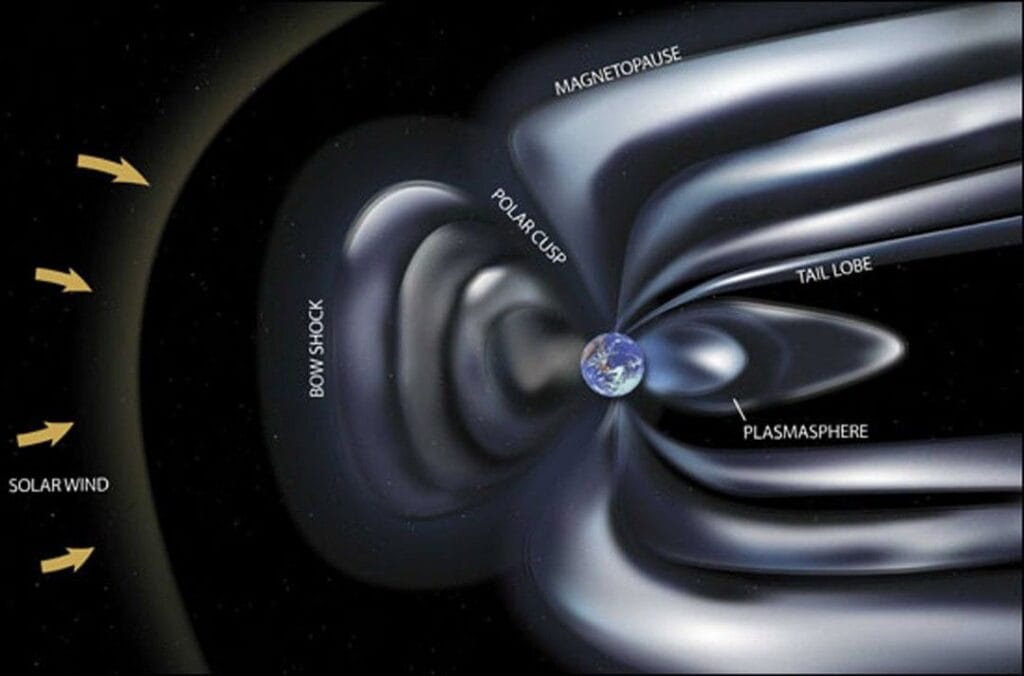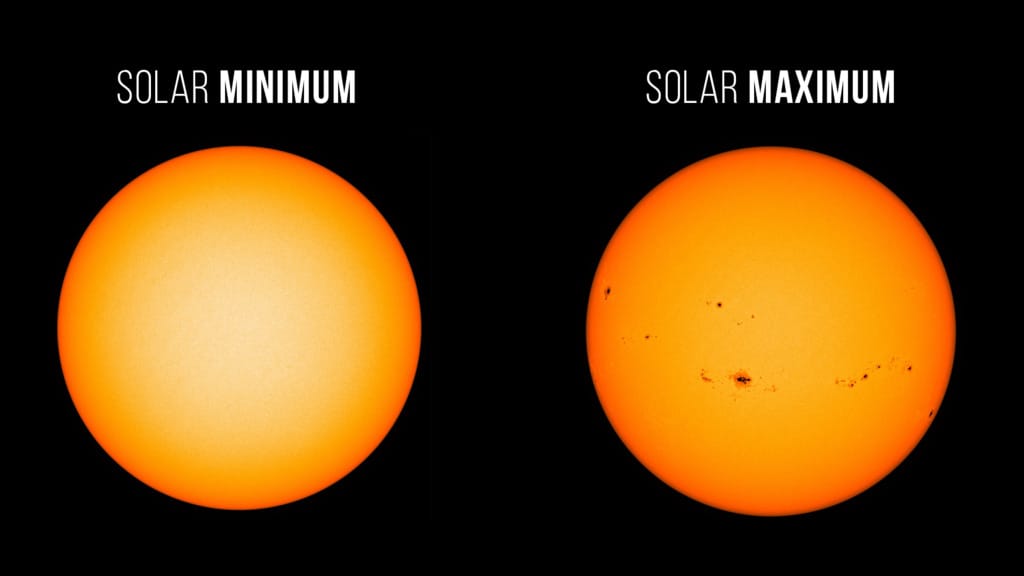
Space experts have long known that our planet’s magnetic field acts as a vital shield against harsh energies from the Sun. In recent years, missions like NASA’s Magnetospheric Multiscale and the European Space Agency’s Swarm satellites have revealed how intense solar activity can temporarily disrupt this protection. As of July 2025, with the Sun in its active phase of Solar Cycle 25, scientists are closely monitoring events that compress the magnetosphere, allowing solar particles to penetrate deeper into Earth’s atmosphere. This process, observed during major storms, highlights the dynamic battle between our planet and the Sun’s outbursts.
During the extreme geomagnetic storm in May 2024, the largest in over 20 years, the magnetosphere was squeezed dramatically, creating new radiation belts and heating the upper atmosphere to record levels. According to NASA’s analysis of the May 2024 geomagnetic storm, this event dumped massive energy into near-Earth space, temporarily weakening the field’s protective bubble. Such disturbances not only spark stunning auroras but also raise concerns about satellite operations and power grids. With Solar Cycle 25 peaking around this time, researchers from agencies like NASA and ESA are using data from ongoing missions to understand these interactions better.

What if a even stronger solar storm hits Earth soon? Could it strip away more of our magnetic shield and expose us to greater risks?
What Is Earth’s Magnetic Field and Why Is It Important?
Earth’s magnetic field, generated deep within the planet’s core by swirling molten iron, extends far into space and forms a protective bubble known as the magnetosphere. This field deflects most of the charged particles streaming from the Sun, known as the solar wind, which travels at speeds up to 900 kilometers per second (about 2 million miles per hour). Without it, our atmosphere would gradually erode, similar to what happened on Mars billions of years ago. In fact, recent measurements show the field’s strength varies, with an average intensity of 25 to 65 microteslas at the surface, stronger near the poles.
The magnetosphere traps harmful radiation in regions called the Van Allen belts, two doughnut-shaped zones of energetic particles encircling Earth. During quiet times, these belts hold protons and electrons accelerated to near-light speeds, preventing them from reaching the ground. According to NASA’s overview of Earth’s magnetosphere protection, this setup shields life from cosmic rays and solar flares, which could otherwise damage DNA and increase cancer risks for astronauts. Fun fact: birds and sea turtles use the field for navigation, sensing its lines like an invisible compass.

Beyond biology, the field safeguards technology. It minimizes disruptions to GPS signals and power lines from space weather. In 2024 updates, scientists noted the field has weakened by about 5 percent over the past century due to internal dynamics, but solar storms add temporary stress. For visualization, imagine the magnetosphere as a giant shield compressing under pressure; diagrams from ESA’s Swarm mission illustrate how its shape distorts during events, with the dayside boundary normally at 10 to 12 Earth radii (one Earth radius is about 6,371 kilometers).
- Protects atmosphere from solar wind erosion, maintaining oxygen levels.
- Traps radiation in Van Allen belts, reducing surface exposure.
- Enables auroras by guiding particles to poles.
- Supports satellite operations by limiting particle interference.
This protection is crucial, as without it, Earth’s habitability could change over geological timescales.
What Causes Solar Storms on the Sun?
Solar storms erupt from the Sun’s turbulent atmosphere, driven by twisted magnetic fields in its outer layers. The Sun rotates faster at its equator than at the poles, tangling these fields until they snap and release energy through processes like magnetic reconnection (where field lines break and reform, flinging particles outward). In 2024, during Solar Cycle 25’s rise, sunspots—dark, cooler regions with intense magnetic activity—increased dramatically, leading to more flares and coronal mass ejections.
A coronal mass ejection, or CME, involves billions of tons of plasma and magnetic fields hurled into space at speeds over 1,000 kilometers per second. According to NASA and NOAA’s report on Solar Cycle 25 maximum, the cycle peaked with barrages of CMEs in May 2024, some carrying embedded magnetic fields opposite to Earth’s, enhancing their impact. Flares, bursts of radiation classified from C to X (X being strongest), accompany these, traveling at light speed and arriving in eight minutes.

Fun fact: The Sun’s 11-year cycle flips its magnetic poles, with Cycle 25 starting in 2019 and expected to wane by 2030. Recent data shows high-speed solar wind streams from coronal holes (open magnetic regions) also contribute to storms. For comparison, think of the Sun as a boiling pot; sunspots are like bubbles forming, and storms are the splashes. Visual aids, such as NASA’s Solar Dynamics Observatory images, show plasma loops arching thousands of kilometers high.
- Sunspots form from tangled magnetic fields.
- Flares release X-rays and ultraviolet light.
- CMEs carry plasma clouds, causing geomagnetic disturbances.
- Coronal holes produce steady high-speed winds.
These events, tracked by missions like ESA’s Solar Orbiter, help predict when storms might head our way.
How Do Solar Storms Interact with Earth’s Magnetosphere?
When a solar storm reaches Earth, its charged particles and magnetic fields collide with the magnetosphere, compressing it like a balloon under pressure. Normally, the magnetopause (the boundary where solar wind meets Earth’s field) sits at about 10 Earth radii on the dayside, but during intense events, it can shrink inward. In the May 2024 storm, measurements showed compression down to just 5 Earth radii, allowing more particles to enter, as detailed in a study on magnetopause compression during the May 2024 solar storm.
This interaction transfers energy through magnetic reconnection, where opposing fields merge and accelerate particles along field lines toward the poles. The process energizes the ring current (a loop of ions around Earth), increasing geomagnetic disturbances measured by indices like Dst, which dropped to -383 nanoteslas in 2024 events. Fun fact: This creates auroras as particles excite atmospheric gases, glowing green from oxygen at 100 to 300 kilometers altitude.
Solar wind pressure deforms the magnetosphere into a teardrop shape, with a long tail on the nightside where plasma sheets stretch out. Recent 2025 updates from NASA’s THEMIS mission reveal waves along the boundary, dumping energy and creating temporary radiation belts. For example, during storms, low-energy plasma pours in, heating the thermosphere (upper atmosphere layer from 85 to 600 kilometers) and expanding it, increasing satellite drag.
- Compression reduces magnetopause distance, exposing satellites.
- Reconnection injects particles, enhancing radiation belts.
- Ring current strengthens, causing field distortions.
- Tail reconnection triggers substorms, releasing stored energy.
Diagrams of this interaction, like those from ESA’s Cluster mission, show field lines bending and snapping, illustrating the dynamic fight.
Can Solar Storms Cause Loss of Earth’s Atmosphere?
Solar storms can enhance atmospheric loss by eroding the magnetosphere’s outer layers, allowing solar wind to strip away ions from the upper atmosphere. Earth’s strong intrinsic field limits this compared to Mars, but during severe events, oxygen and hydrogen ions escape at higher rates through polar cusps (funnel-like openings in the field). In 2024 studies, storms increased ion outflow by factors of 10, with particles accelerated to escape velocity (about 11 kilometers per second).
This process, called sputtering, involves solar particles knocking atmospheric molecules free, especially when the magnetosphere compresses. According to research on ion escape during solar wind interactions, while Mars loses atmosphere steadily due to its weak induced field, Earth experiences spikes during storms, losing up to several tons per hour. However, this is minor; over billions of years, it accounts for less than 1 percent of our air.
Fun fact: NASA’s MAVEN mission, studying Mars, provides comparisons—Earth’s field prevents wholesale stripping, but storms heat the thermosphere to over 2,100 degrees Fahrenheit, lofting heavy nitrogen higher and altering gas ratios. In the May 2024 event, the atmosphere expanded, creating winds that carried particles away. Visual representations, such as ion flow charts from Swarm satellites, help picture this gradual leak.
- Polar outflows increase during compressed states.
- Sputtering ejects ions at high speeds.
- Thermospheric heating expands layers, aiding escape.
- Minor loss overall, thanks to field regeneration.
Though not catastrophic, repeated strong storms could accumulate effects over time.
What Recent Discoveries Show About Magnetosphere Erosion in 2024-2025?
In 2024-2025, missions captured unprecedented data on magnetosphere erosion during Solar Cycle 25’s peak. The May 2024 G5 storm, driven by multiple CMEs, compressed the magnetosphere and formed temporary particle belts between the Van Allen regions, as observed by NASA’s CIRBE CubeSat. This erosion allowed solar energetic particles to penetrate deeper, increasing radiation doses and temporarily weakening field strength by enhancing currents.
ESA’s Swarm satellites, in 2025 updates, detected anomalous ion compositions during storms, with degenerate states where the field boundary nearly collapses under pressure. According to ESA’s Swarm mission findings on the May 2024 solar storm, the event washed out typical nose-like structures in the ring current, injecting fresh plasma. Fun fact: Uranus’ magnetosphere showed similar compression in past flybys, but Earth’s recovers quickly due to its dynamo.
2025 research also highlights how high-speed winds from coronal holes erode the outer magnetosphere, with P_dyn (solar wind dynamic pressure) spiking to 64.5 nanopascals in May 2024. NASA’s Parker Solar Probe, snapping close Sun images in July 2025, links these to outburst origins. Diagrams of compressed boundaries, like those in AGU publications, visualize erosion as a shrinking shield.
- Temporary belts form from injected particles.
- Ring current distortions indicate erosion.
- High P_dyn compresses boundary to 5 Earth radii.
- Recovery involves field line reconnection.
These insights improve models for future protection.
How Can We Monitor and Predict Solar Storm Impacts on Earth?
Monitoring relies on satellites like NASA’s ACE and ESA’s Solar Orbiter, positioned to detect incoming CMEs hours in advance. Ground-based magnetometers track field variations, with indices like Kp measuring storm intensity (up to 9 for extreme). In 2025, NOAA’s forecasts use machine learning on sunspot data, predicting arrivals with 80 percent accuracy for major events.
Prediction involves modeling solar wind propagation, factoring in magnetic orientation—southward fields interact strongly with Earth’s northward one. According to NASA’s Parker Solar Probe 2025 updates, close-up views of coronal holes aid early warnings. Fun fact: Apps now alert for auroras based on real-time data.
For protection, satellites enter safe modes, and power grids redistribute loads. Visual tools, like NOAA’s space weather scales, categorize risks from G1 (minor) to G5 (extreme).
- Satellite networks provide upstream data.
- Models simulate CME paths.
- Ground stations measure local effects.
- Alerts mitigate tech disruptions.
Ongoing missions ensure better readiness.
Earth’s magnetic field faces constant challenges from solar storms, which compress and erode its protective layers, allowing temporary atmospheric losses. Yet, its internal generation ensures resilience, unlike weaker planetary fields. With 2024-2025 data showing extreme compressions and energy transfers, scientists emphasize monitoring to safeguard technology and life.
Sources
NASA. (2025). What NASA Is Learning from the Biggest Geomagnetic Storm in 20 Years.
Available at: https://science.nasa.gov/science-research/heliophysics/what-nasa-is-learning-from-the-biggest-geomagnetic-storm-in-20-years/
ESA. (2024). Swarm Mission Updates on Solar Storm Impacts.
Available at: https://www.esa.int/Applications/Observing_the_Earth/FutureEO/Swarm
AGU. (2025). Compression of Earth’s Magnetopause Down to 5 RE During the Extreme Solar Storm in May 2024.
Available at: https://agupubs.onlinelibrary.wiley.com/doi/full/10.1029/2024GL114040
NASA. (2024). NASA and NOAA: Sun Reaches Maximum Phase in 11-Year Solar Cycle.
Available at: https://science.nasa.gov/science-research/heliophysics/nasa-noaa-sun-reaches-maximum-phase-in-11-year-solar-cycle/
NOAA. (2025). Geomagnetic Storms Phenomena.
Available at: https://www.swpc.noaa.gov/phenomena/geomagnetic-storms
ESA. (2025). Solar Orbiter Mission B-Rolls and Flare Observations.
Available at: https://www.esa.int/esatv/Videos/2025/02/Solar_Orbiter_mission_B-Rolls/March_2025_-_Solar_Orbiter_spots_a_solar_flare76
📌 Frequently Asked Questions
How do solar storms affect Earth’s atmosphere?
Solar storms heat the thermosphere, expanding it and increasing ion outflows through polar regions. In recent events, this lofted nitrogen higher, altering gas balances, but losses remain minor due to the magnetic shield.
What is a geomagnetic storm and how does it form?
A geomagnetic storm forms when solar wind with southward magnetic fields interacts with Earth’s field, transferring energy via reconnection. It disturbs the magnetosphere, causing auroras and tech issues, as explained in NOAA’s geomagnetic storm overview.
Can solar storms strip away Earth’s magnetic field?
Solar storms temporarily erode the magnetosphere by compression, but the field regenerates from Earth’s core dynamo. No permanent stripping occurs, unlike atmospheric loss on unmagnetized planets.
How often do major solar storms hit Earth?
Major storms like G5 events happen every few decades, with frequency rising during solar maxima every 11 years. Solar Cycle 25 peaked in 2024-2025, increasing occurrences.
What was the impact of solar storms on satellites in 2024?
Storms disrupted GPS and increased drag on low-orbit satellites due to atmospheric expansion. NASA’s missions noted temporary outages but no major damage.
Do solar storms cause health risks on Earth?
On the ground, Earth’s field and atmosphere block most radiation, but astronauts face higher doses. Minor effects like radio blackouts occur, but no direct health threats.
How does the Sun’s magnetic field flip affect Earth?
The flip every 11 years marks cycle changes, boosting storm activity during transitions. In Cycle 25, it led to more CMEs impacting Earth.
What is the Carrington Event and could it happen again?
The 1859 Carrington Event was a massive storm disrupting telegraphs; modern equivalents could cause blackouts. Probability is low but rising with cycle peaks.
How do auroras form during solar storms?
Auroras form when storm particles excite atmospheric gases, glowing at poles. The 2024 storm produced magenta displays in unusual locations due to heightened activity.
Leave a Reply